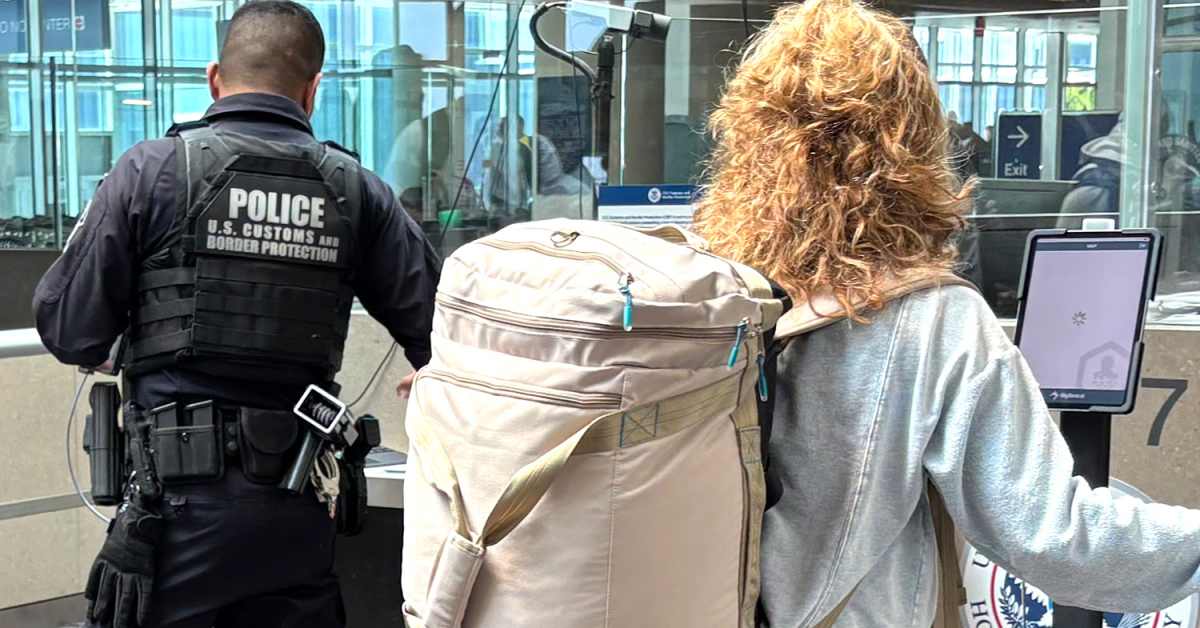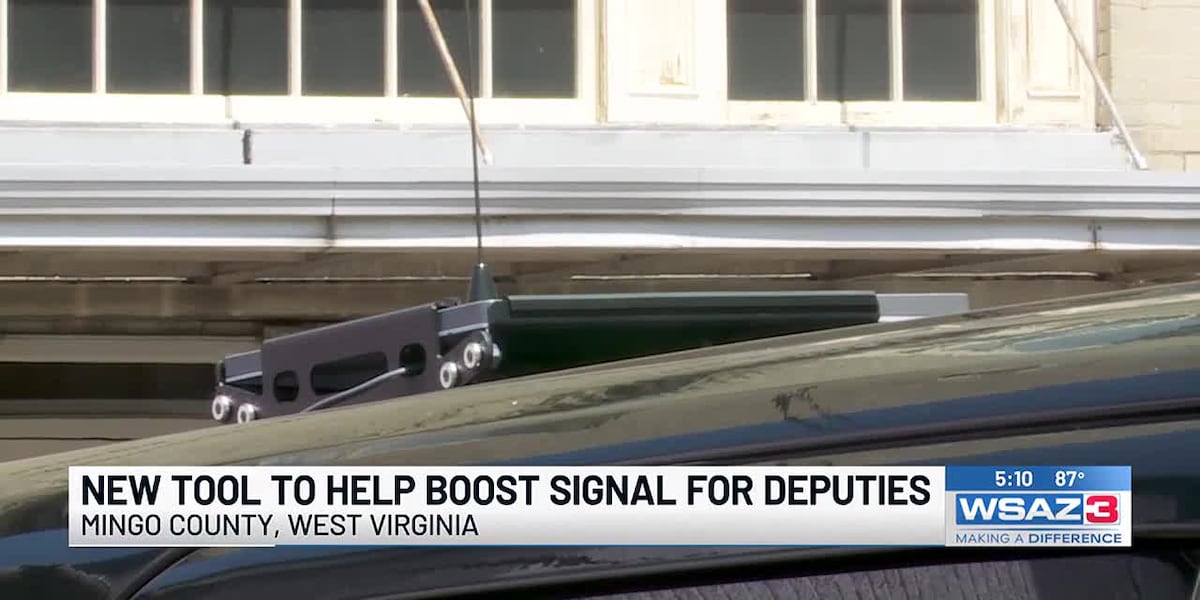AI and Copyright: Why the US Copyright Office's Stance Misses the Mark

The recent report from the U.S. Copyright Office regarding the use of generative artificial intelligence in training models has sparked considerable debate. While concerns about copyright infringement are valid, the office's current assessment, as many experts argue, fundamentally misunderstands the context in which AI operates and overlooks crucial potential uses that fall entirely within legal boundaries.
The core of the issue revolves around whether training AI models on copyrighted material constitutes infringement. The Copyright Office's report leans towards a restrictive interpretation, suggesting that AI-generated outputs derived from copyrighted works may not be eligible for copyright protection. However, this perspective fails to account for the transformative nature of AI learning.
Understanding the Transformative Nature of AI Training
AI models don't simply copy and paste existing content. Instead, they analyze vast datasets to identify patterns, relationships, and underlying structures. This process resembles how humans learn – by absorbing information and building upon it to create something new. To equate AI training with direct copyright infringement is akin to arguing that a painter who studies the works of Van Gogh is infringing on his copyright every time they pick up a brush.
Furthermore, the Copyright Office’s report doesn't adequately address the concept of fair use within the AI context. Fair use allows for the limited use of copyrighted material without permission for purposes such as criticism, commentary, news reporting, teaching, scholarship, and research. Training an AI model can often fall under this umbrella, particularly when the resulting AI is used for innovative and non-commercial purposes.
The Potential for Non-Infringing AI Uses
Consider AI models used for scientific research, drug discovery, or climate modeling. These applications often rely on analyzing massive datasets, including copyrighted material, to identify crucial insights. Restricting AI training based on copyright concerns would stifle innovation in these vital fields, potentially delaying breakthroughs that could benefit humanity.
Moreover, the report’s implications extend beyond research. AI is increasingly being used to create entirely new forms of art, music, and literature. While the source material may have been copyrighted, the resulting AI-generated works are often significantly transformative and deserve copyright protection.
Moving Forward: A More Nuanced Approach
The Copyright Office's viewpoint, while intended to protect creators' rights, risks creating an overly restrictive environment that hinders AI innovation. A more nuanced approach is needed, one that acknowledges the transformative nature of AI training and the potential for non-infringing uses. This includes:
- Clarifying Fair Use Guidelines: Providing specific guidance on how fair use principles apply to AI training.
- Focusing on Output, Not Input: Evaluating copyright protection based on the originality and transformative nature of the AI-generated output, rather than solely on the data used to train the model.
- Promoting Transparency: Encouraging AI developers to be transparent about the data used to train their models, allowing for better assessment of potential copyright issues.
Ultimately, a balanced approach is essential – one that protects the rights of creators while fostering the continued development of artificial intelligence, a technology with the potential to revolutionize countless aspects of our lives. The current stance from the Copyright Office needs re-evaluation to ensure it doesn't inadvertently stifle this progress.






